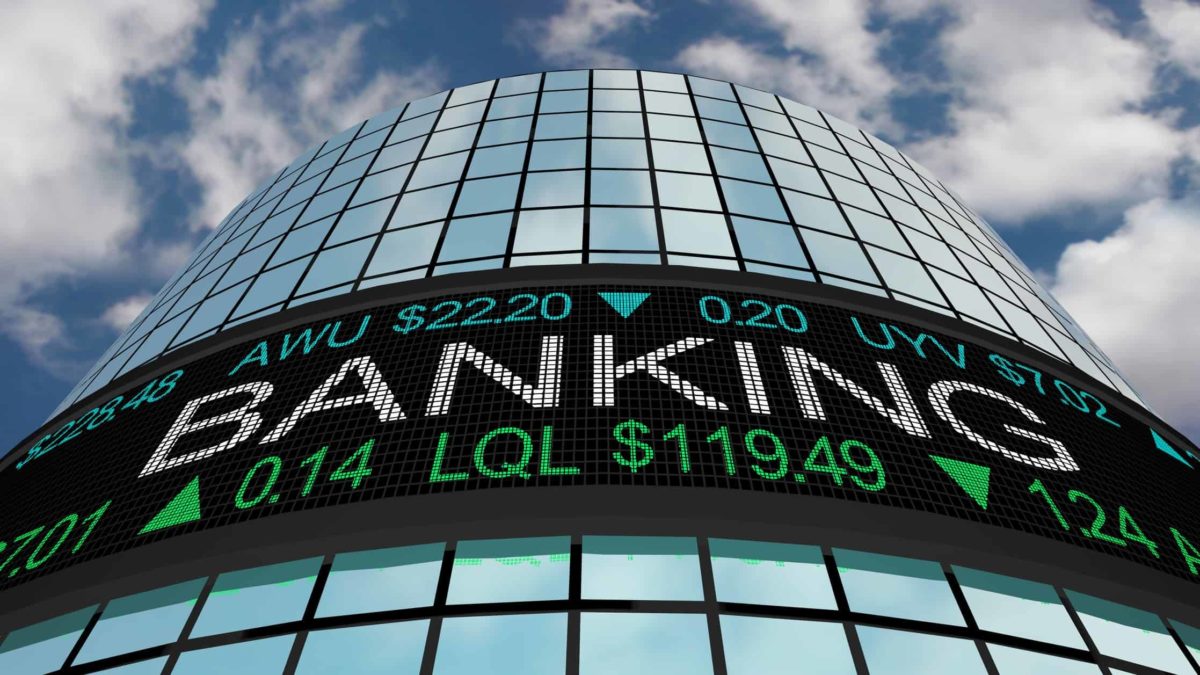Australia and New Zealand Banking GrpLtd (ASX: ANZ) shares are outperforming in 2021.
Since the start of the year, the banking giant's shares have risen a sizeable 20%.
This has been driven by a significant improvement in its performance and expectations that this trend will continue.
In light of this, I thought now would be a good time to check to see what the market is expecting from ANZ during reporting season.
What is expected from ANZ during reporting reason
ANZ isn't due to release its full year results until later in the year but will be releasing its third quarter update next month.
This update should give investors an idea about how the company is faring in respect to the market's full year expectations and whether ANZ shares are trading at a fair price or not.
According to a note out of Bell Potter this morning, its analysts are expecting a strong third quarter update in August. The broker is forecasting cash earnings from continuing operations of $1.3 billion for the three months. This is expected to be driven by relatively unchanged banking income, further improvements in operating expenses, a slight credit impairment charge, and an effective tax rate of 30%.
Bell Potter is also expecting the bank to end the period with a CET1 ratio of 12.4%. This will be comfortably ahead of APRA's unquestionably strong capital requirement of 10.5%.
As a result, the broker suspects that further capital management initiatives could be coming in the next 12 months.
It commented: "This theoretically means the bank can pay at least another $2.5bn by FY22. This would bring its CET1 ratio to around 11.4-11.5%, suggesting the bank can still enjoy a buffer of around 1.0% over APRA's minimum capital requirement."
Are ANZ shares good value?
Bell Potter sees value in ANZ shares at the current level. The broker has a buy rating and $30.00 price target on its shares. Based on the latest ANZ share price, this implies potential upside of 8.7% before dividends.
So, with Bell Potter forecasting dividend yields greater than 5% between FY 2021 and FY 2023, this potential return stretches to almost 14%.









